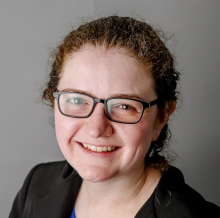Abstract
Renovating old buildings and homes is commonplace, but why is technological renovation often overlooked? Just like a big home renovation adds to the quality of life, a successful architectural renovation has an outsized impact on the pace of innovation. Yet, why are software migrations perceived negatively? Frequently, it stems from past encounters with projects that were disruptive, costly, and executed poorly. In this talk, I outline my learnings on gracefully outgrowing technology and architectural choices, based on my experience scaling payment orchestration at Netflix to 250M members and preparing for the next 250M. You'll leave this session equipped with cognitive frameworks for evaluating architectural health and tactics to overcome common hurdles to transforming legacy architecture. I share battle-tested strategies for successfully navigating a ground-up architectural revamp to unlock innovation and enhance business value.
Key Takeaways:
- Evaluate the architectural health of software systems
- Identify and solve hurdles to transforming legacy architecture
- Recognize strategies for a successful software architectural overhaul
Speaker

Rashmi Venugopal
Product Engineering @Netflix, Speaker, Previously Product Engineer @Uber & @Microsoft, Building and Operating Reliable Distributed Systems at Scale
Rashmi has a track record of building and operating reliable distributed systems at scale that power mission-critical applications. She spent the last decade designing and developing complex software systems enabling consumers to seamlessly pay for their subscription at Netflix, compute tiered prices for the different ride options at Uber, and manage Azure cloud networking configurations at Microsoft. She has her masters in Information Networking from Carnegie Mellon and currently works as a Senior Software Engineer at Netflix, leading cross-functional initiatives to drive subscription growth via payment orchestration for 250M+ members. When she's not immersed in code, you'll find her outdoors, either hiking, camping, or at a local park reflecting on the impact of technology on the world.






